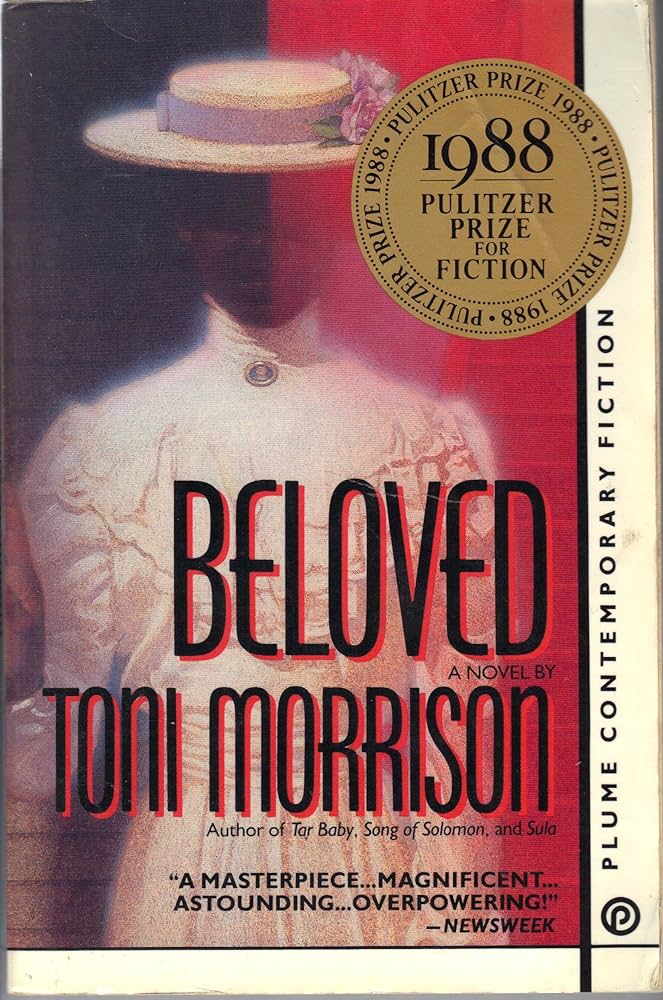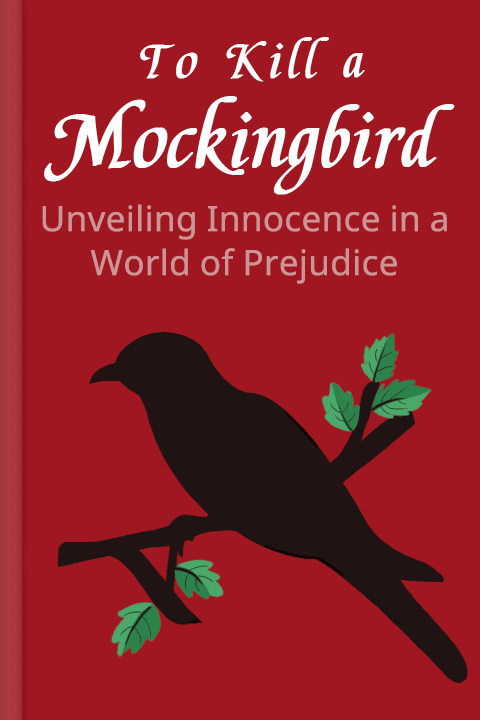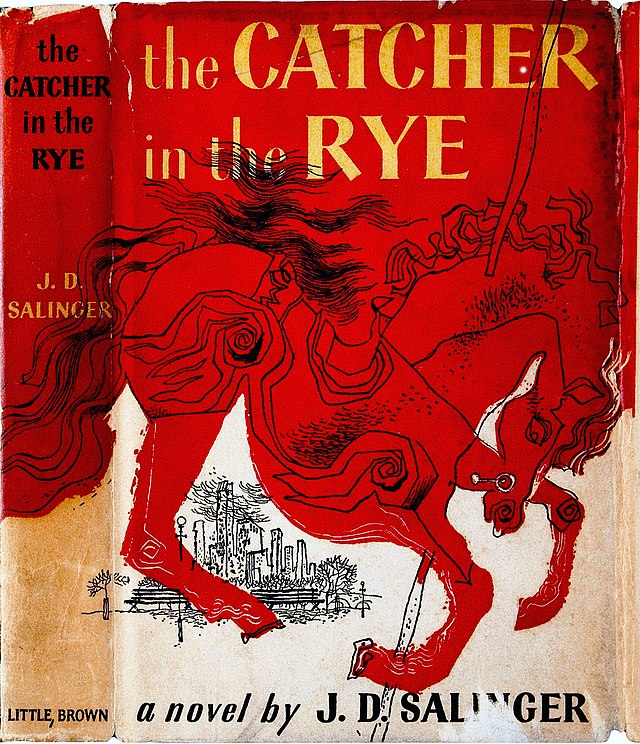 Introduction:
Introduction:
Entering the haunting world of “Beloved” by Toni Morrison is akin to embarking on a journey through the labyrinth of human suffering and resilience. Morrison’s Pulitzer Prize-winning novel immerses readers in the harrowing experiences of Sethe, an escaped slave haunted by the ghosts of her past, and her daughter Denver, as they grapple with the trauma of slavery and the specter of a mysterious revenant known only as Beloved. In this personal exploration, I will delve into the intricate layers of pain and resilience woven throughout Morrison’s masterful narrative, illuminating the enduring legacy of slavery and its profound impact on the human psyche.
Confronting the Legacy of Slavery:
“Beloved” unfolds against the backdrop of post-Civil War America, where the specter of slavery looms large over the lives of its characters. Through the lens of Sethe’s experiences as a former slave, Morrison exposes the brutal realities of bondage and the lasting scars it leaves on the soul. Sethe’s decision to kill her own child rather than see her returned to a life of slavery serves as a stark reminder of the dehumanizing effects of oppression, challenging readers to confront the moral complexities of her actions and the legacy of trauma that continues to reverberate through subsequent generations.
The Ghosts of the Past:
Central to the novel is the haunting presence of Beloved, a mysterious young woman who emerges from the shadows of Sethe’s past to disrupt the fragile peace of her household. Beloved’s enigmatic identity and otherworldly demeanor serve as a potent metaphor for the lingering trauma of slavery, manifesting as a spectral presence that refuses to be forgotten or ignored. As Sethe and Denver grapple with the resurgence of painful memories and suppressed emotions, Morrison skillfully blurs the line between the physical and metaphysical, inviting readers to ponder the nature of memory, identity, and the enduring power of the past to shape the present.
The Resilience of the Human Spirit:
Despite the pervasive darkness that permeates “Beloved,” Morrison infuses her narrative with moments of profound beauty, resilience, and hope. Through the character of Sethe, readers witness the indomitable strength of the human spirit in the face of unspeakable hardship and adversity. Sethe’s unwavering determination to protect her children and reclaim her sense of self serves as a testament to the resilience of the human spirit, inspiring readers to find solace in the power of love, community, and personal agency to transcend even the darkest of circumstances.
Conclusion:
As I closed the final pages of “Beloved,” I was left awestruck by Toni Morrison’s profound ability to capture the complexities of the human experience with such depth and nuance. Through her poignant exploration of trauma, memory, and resilience, Morrison has crafted a timeless masterpiece that continues to resonate with readers across generations. “Beloved” stands as a haunting testament to the enduring legacy of slavery and the resilience of the human spirit in the face of unspeakable suffering. Truly, Morrison’s magnum opus serves as a poignant reminder of the importance of bearing witness to the pain and triumphs of those who came before us, lest we forget the lessons of the past and the humanity that binds us all together.




